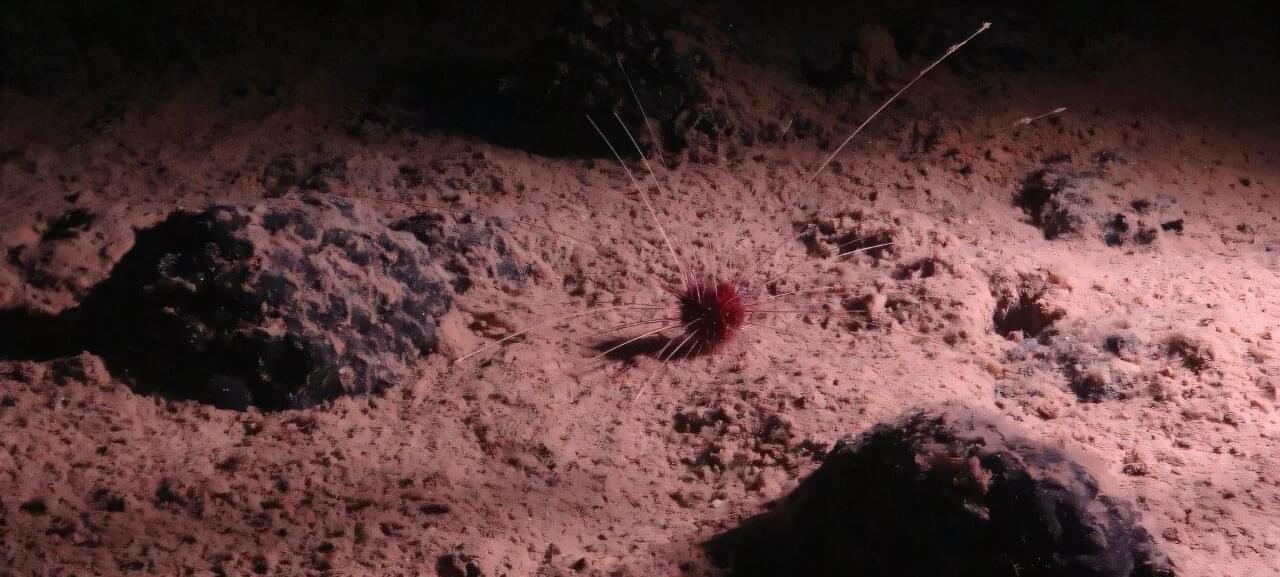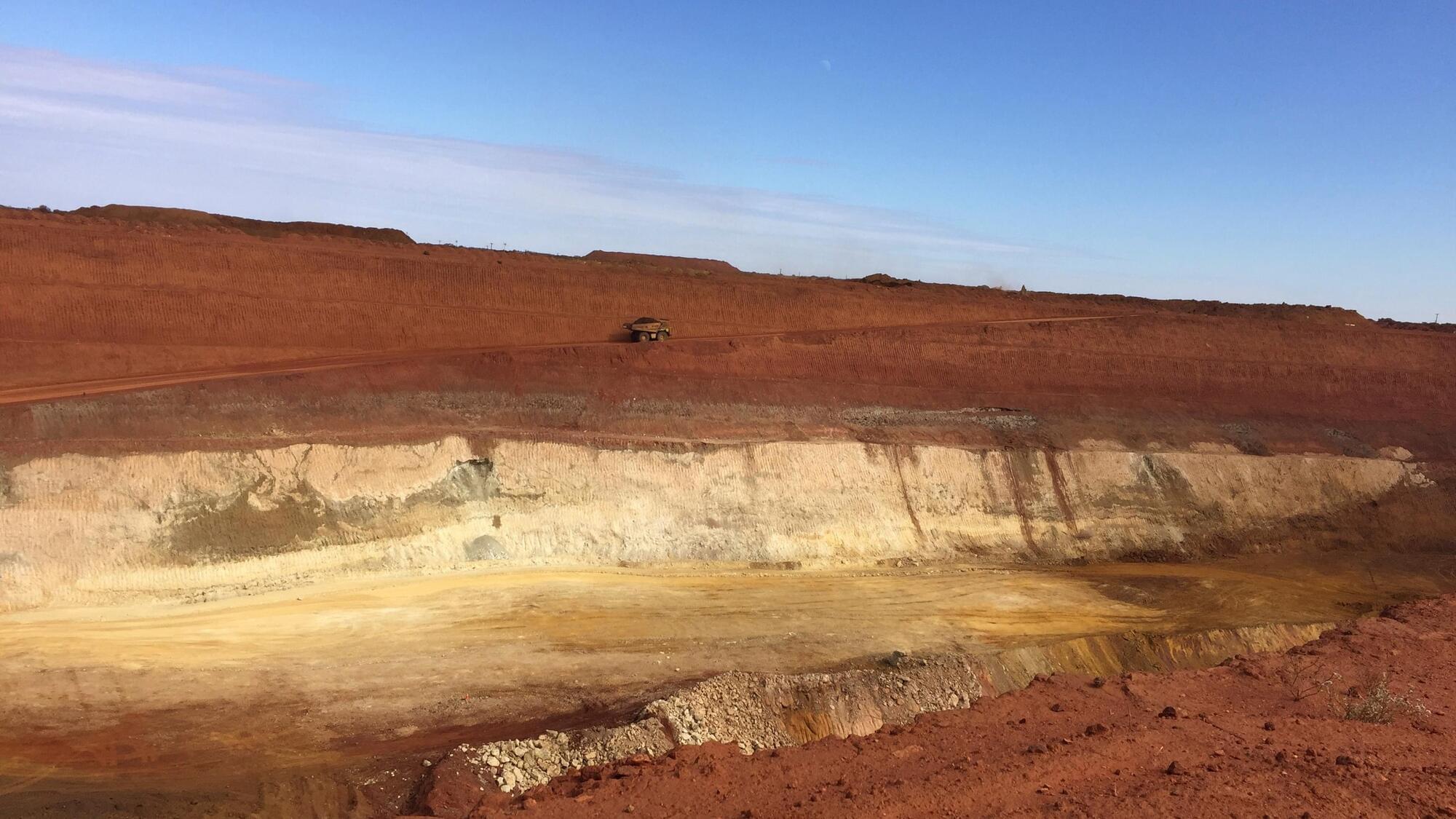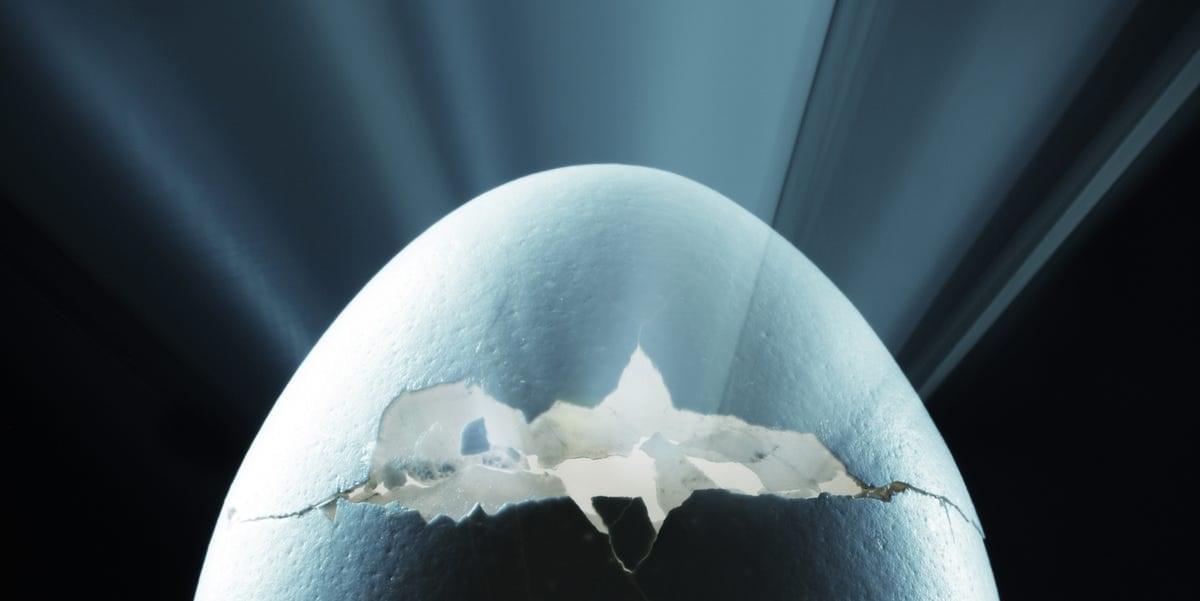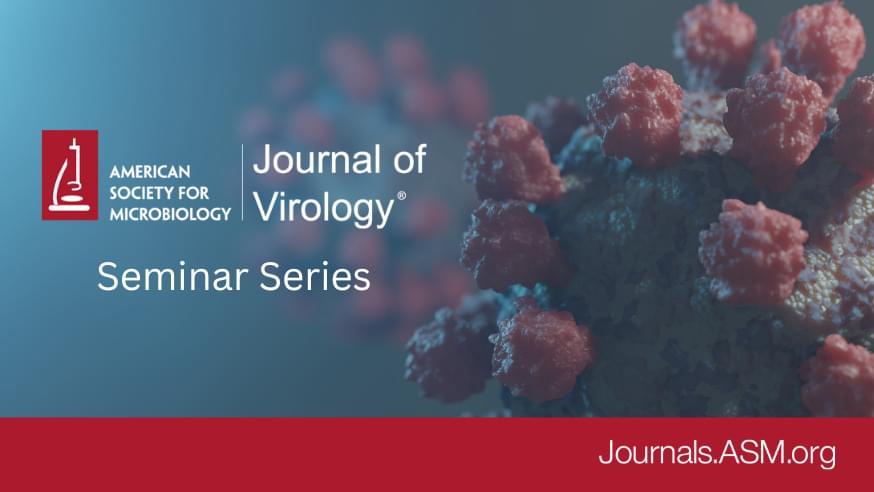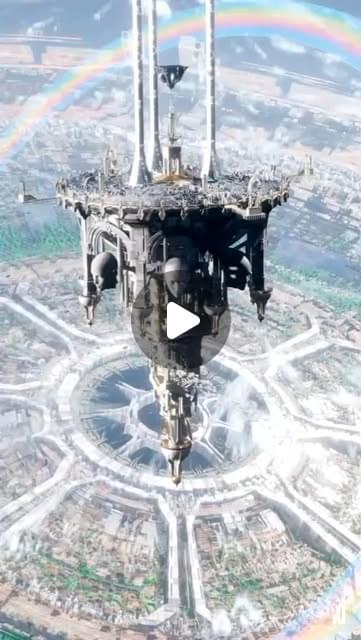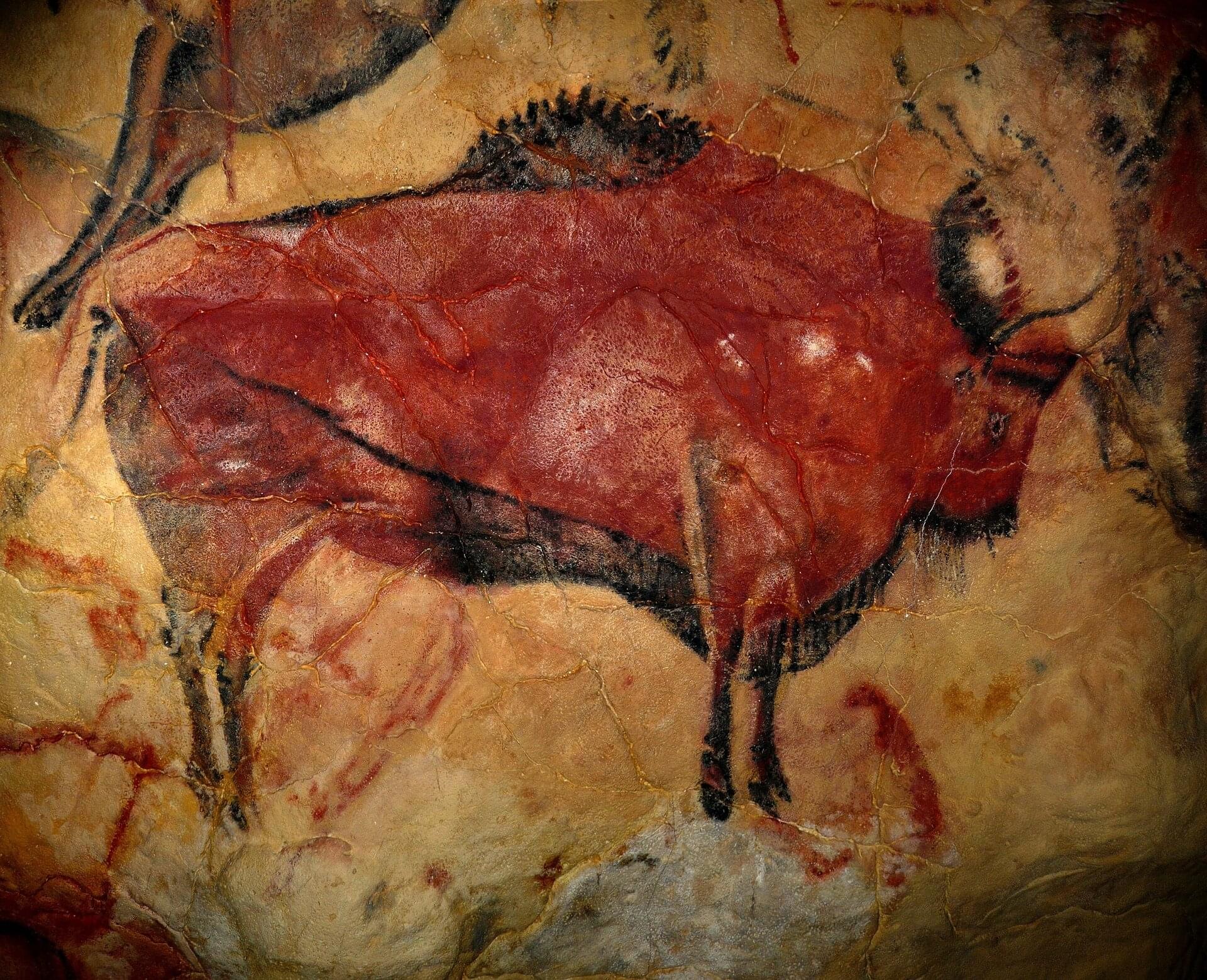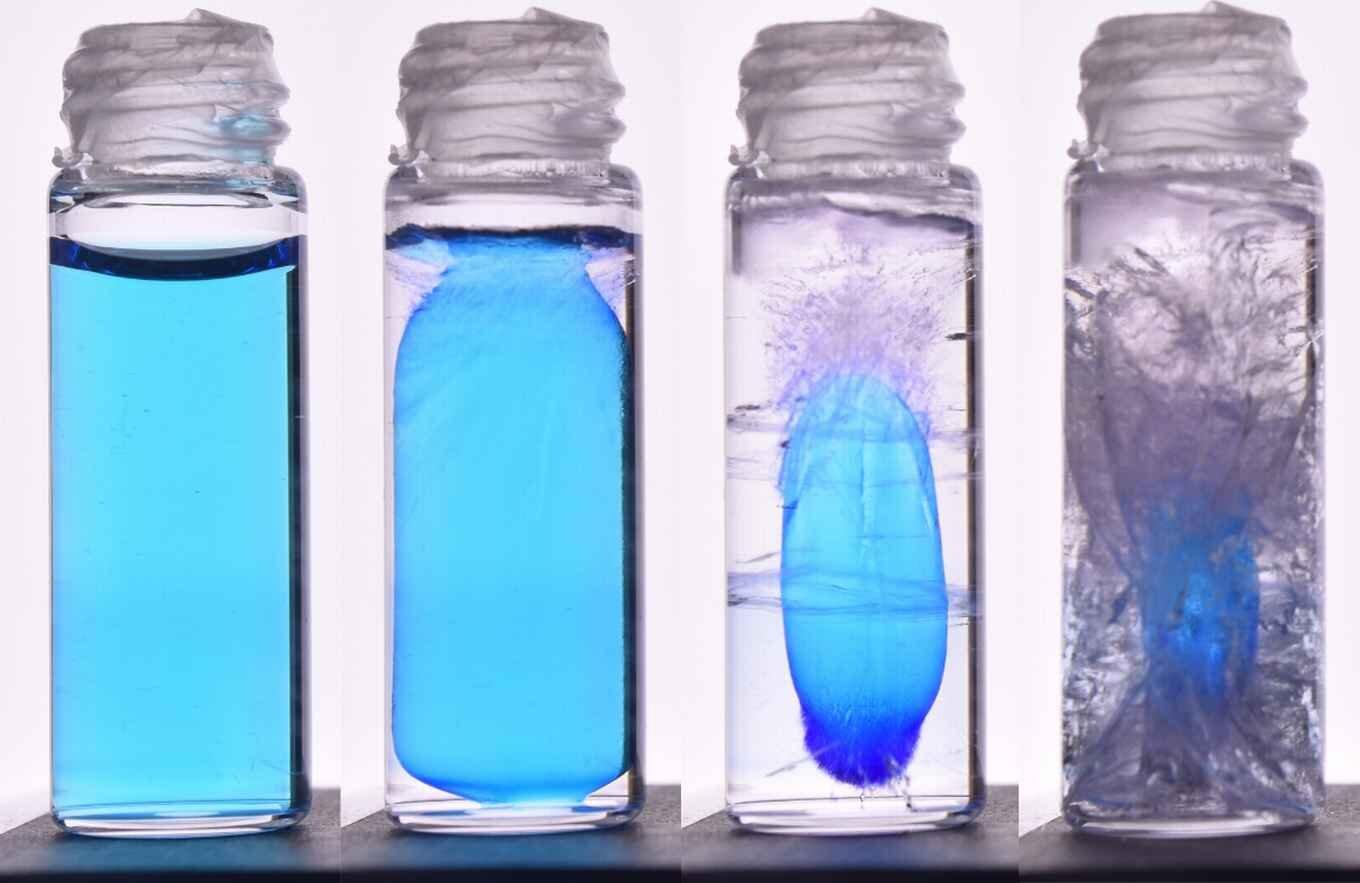Join the free, hour-long Journal of Virology Seminar Series webinars, where authors will present their recently published Journal of Virology® (JVI) articles and share the story behind their research with the wider academic community. Presentations are followed by an open forum panel discussion with all speakers and participants. JVI editors will moderate the sessions, including the discussion and live Q&A.
Join us for the second webinar in the Journal of Virology Seminar Series, where we’ll explore the New York City Virus Hunters community science initiative. Christine Marizzi, Ph.D., and Phillip Meade, Ph.D., will introduce this exciting program, which brings together community scientists, veterinarians, wildlife rehabilitators and virologists to generate actionable data in urban areas and help prepare for future pandemics.
During the seminar, the New York City Virus Hunters team will share their latest findings on avian influenza in the city’s wild bird population. Program alumni Kailani Gaynor and Sadia Choudhury will also discuss their experiences as youth researchers. Don’t miss this opportunity to connect and learn about the critical role of community science in virology.
